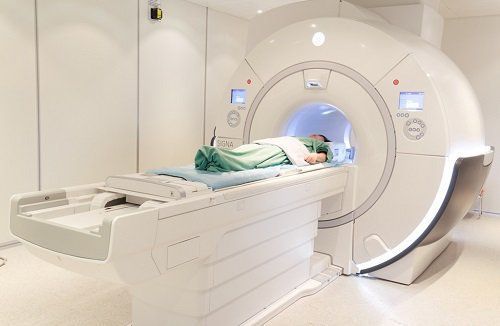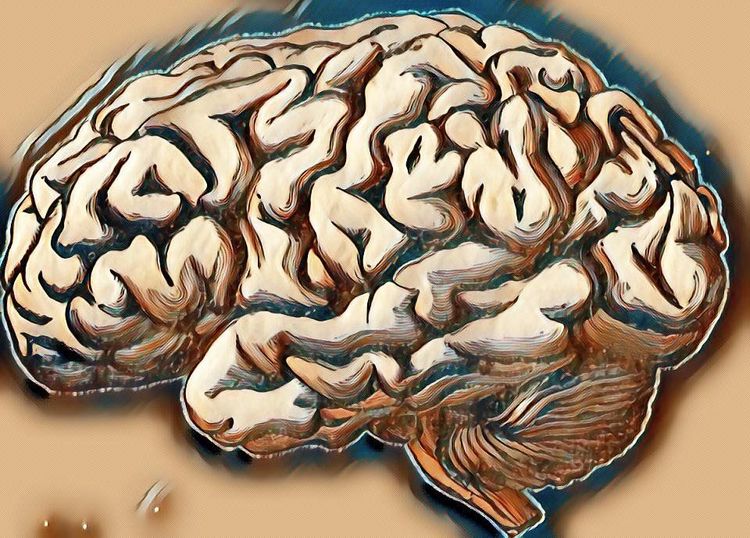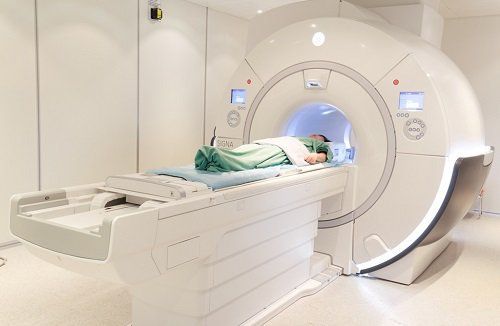This is an automatically translated article.
The article is professionally consulted by Master, Doctor Huynh An Thien - Department of Medical Examination & Internal Medicine - Vinmec Danang International General Hospital.
Leukopenia is caused by an abnormality in a specific gene, which is inherited through genes. Each disease has a certain mode of inheritance. The disease causes damage to the white matter of the brain, impairing vision, hearing and motor functions. Life expectancy of patients depends on age and type of disease.
1. Diagnosis of brain white matter disorder
Most diagnoses occur during the early years of children between the ages of 2 and 6. There have been cases of onset and late diagnosis in adulthood. Currently, the diagnosis of this disease is often very difficult. Depending on the group of genetic disorders, diagnostic methods include:1.1 Magnetic Resonance Imaging - MRI This diagnostic method uses a magnetic field and radio waves to process and convert into detailed images. secretions of the affected area (brain, spinal cord, etc.). These sharp images help doctors identify abnormalities, providing accurate information for the diagnosis process. Magnetic resonance imaging (MRI) is recommended because the patient is not exposed to radioactive substances like X-rays or CT scans.

1.3. Neuropsychiatric testing Various tests will be done to check and analyze cognitive function. This approach helps medical professionals understand how the disease affects each patient's ability to reason and focus.
1.4. Other diagnostic methods Physical exam Blood test Nerve signal test Urine test Nerve biopsy 1.5. Manifestations that contribute to the diagnosis Common signs to detect the disease include chronic progressive neurological impairment with symptoms: cerebellar ataxia, spasticity, mental decline, visual impairment, mild seizures, infections following head trauma or fear, loss of motor function, irritability, vomiting, and even coma.
2. Treatment of brain white matter disorders
Currently, medicine has not found an effective treatment for diseases related to this genetic disorder. Studies have shown that bone marrow transplants and stem cell therapy have worked in some cases. A bone marrow transplant can slow disease progression.
Please dial HOTLINE for more information or register for an appointment HERE. Download MyVinmec app to make appointments faster and to manage your bookings easily.














